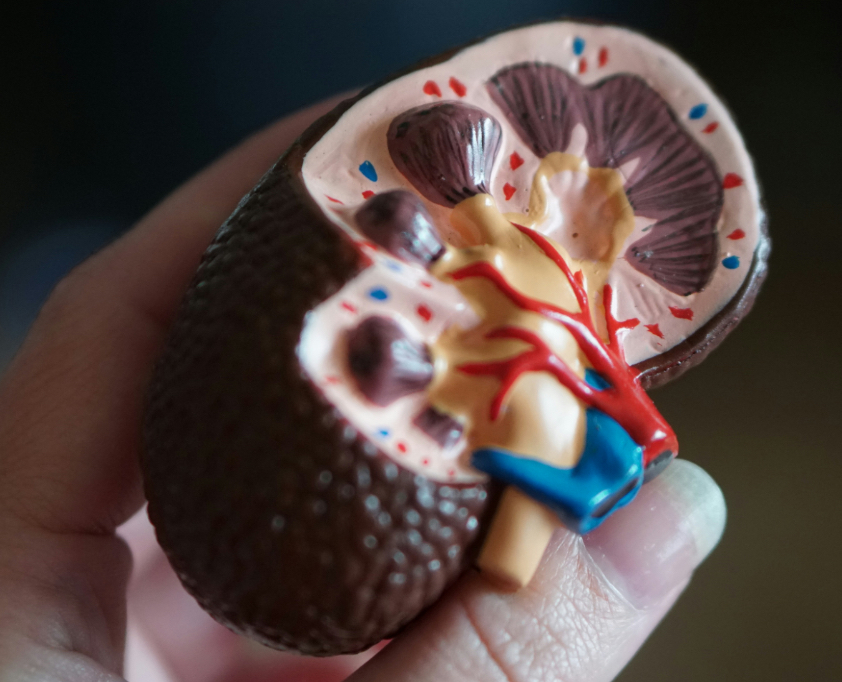Gastric scintigraphy is a nuclear medicine imaging test used to evaluate the stomach’s function, particularly how well it empties food (gastric emptying). It involves the following:
- Procedure: The patient eats a small meal (often eggs or oatmeal) mixed with a radioactive tracer (usually technetium-99m). A gamma camera takes images over several hours to track the tracer’s movement through the stomach.
- Purpose: Diagnoses conditions like gastroparesis (delayed gastric emptying), rapid gastric emptying, or motility disorders. It’s often used when symptoms like nausea, vomiting, bloating, or early satiety are present.
- Results: The test measures the time it takes for the stomach to empty half the meal (normal is ~90 minutes for solids). Delayed emptying (>10% of the meal remaining after 4 hours) may indicate gastroparesis.
- Risks: Minimal radiation exposure, generally safe. Allergic reactions to the tracer are rare.
- Preparation: Patients may need to fast for 4-6 hours and avoid certain medications (e.g., opioids, motility drugs) that affect stomach emptying.


Leave a Reply